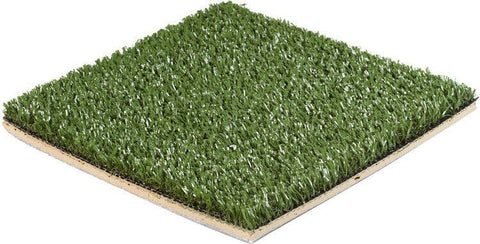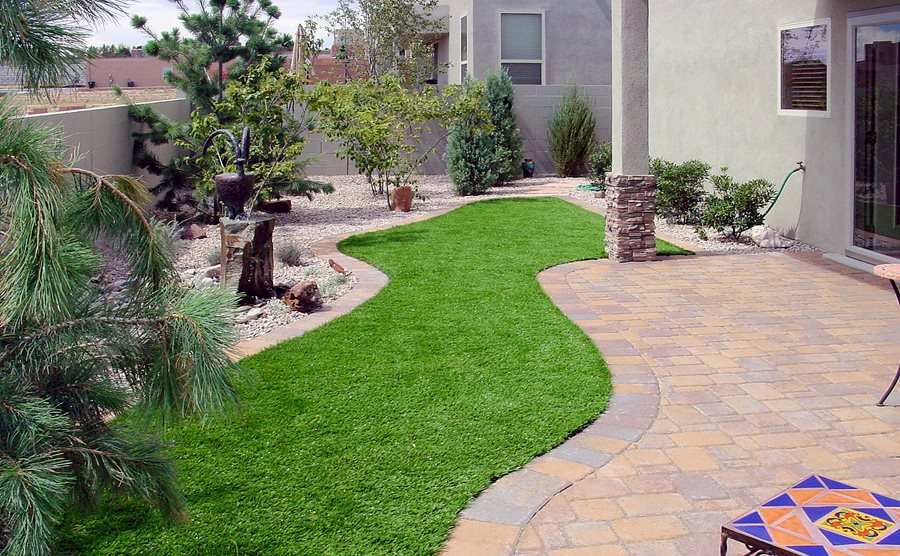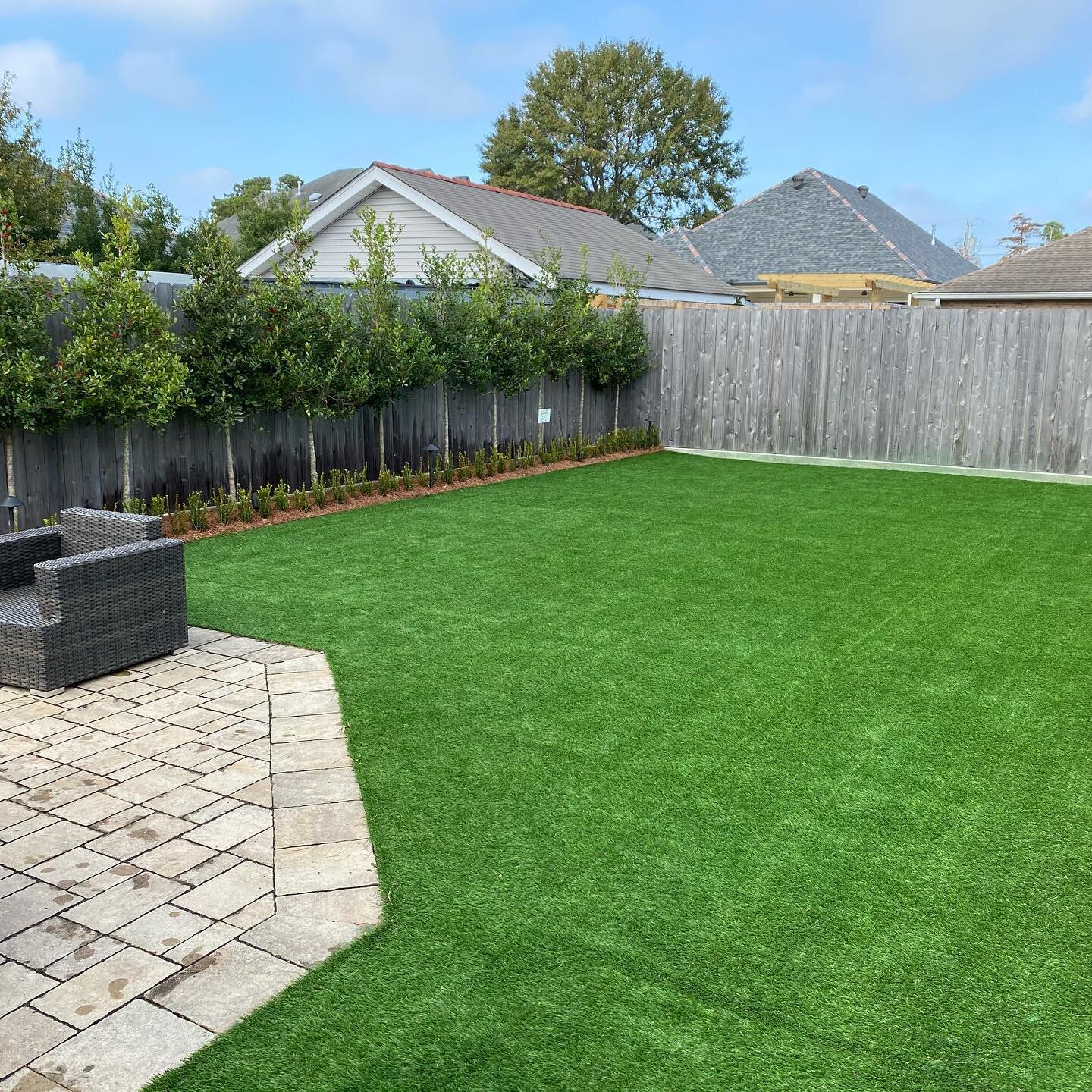Skilled Arizona Turf Installation Services for Home and Business Use
Wiki Article
Look Into the Environmental Advantages of Opting for Artificial Lawn Solutions
The fostering of man-made lawn services offers a compelling opportunity to address pressing environmental challenges. By substantially reducing water usage and decreasing the application of unsafe chemicals, these options not just advertise sustainable landscaping but additionally protect regional ecosystems.Water Conservation Conveniences
One of the most considerable advantages of man-made grass is its capability to conserve water. In comparison, man-made turf does not need watering, dramatically lowering the overall need for water resources.By removing the requirement for normal watering, synthetic lawn adds to lasting landscape practices and aids alleviate the ecological impact of excessive water usage. The preservation of water prolongs to the decrease of runoff, which can lead to soil erosion and waterway contamination.
Furthermore, the installation of synthetic grass allows homeowners and districts to allocate water resources much more successfully, concentrating on necessary uses such as drinking water and farming. The shift in the direction of synthetic grass not just promotes responsible water usage but also aligns with broader ecological goals focused on maintaining natural deposits.
As neighborhoods progressively focus on sustainability, the water conservation benefits of artificial lawn present a compelling case for its fostering in residential and business landscape design projects.
Lowered Chemical Usage
The change to synthetic grass considerably lowers the reliance on chemical therapies frequently utilized in all-natural yard maintenance. Standard turf monitoring typically includes the application of chemicals, fertilizers, and herbicides to promote development and control bugs. These chemicals can posture threats to human wellness, regional wild animals, and the environment, adding to soil and water contamination.In comparison, man-made grass gets rid of the demand for these harmful materials. By reducing the launch of synthetic substances into the environment, fabricated turf advertises healthier soil and water systems.
Furthermore, the lack of chemical runoff connected with synthetic lawn setups aids shield neighborhood rivers from contamination, sustaining marine life and maintaining biodiversity. Turf installation phoenix az. As areas progressively prioritize sustainable practices, opting for synthetic grass provides a sensible service that aligns with environmental preservation objectives. With this change, residential property proprietors can enjoy lavish environment-friendly spaces without endangering eco-friendly health, paving the way for a much more lasting future
Lower Carbon Impact

In addition, the setup of artificial turf can result in considerable water preservation. All-natural yards need considerable amounts of water for irrigation, which not only includes to the carbon footprint related to water extraction check my reference and treatment however additionally pressures regional water sources. On the other hand, synthetic turf requires check out here minimal maintenance, needing no watering, therefore dramatically lowering water use and its associated power costs.
In addition, the longevity of fabricated turf adds to its reduced carbon effect. With a life expectancy of as much as 15 years or more, the need for regular replacements is decreased, causing much less waste and reduced energy consumption in production and disposing of standard lawn choices. On the whole, synthetic lawn presents a sustainable alternative for ecologically mindful landscape design.
Habitat Preservation
Habitat conservation is a crucial consideration in the dispute over landscaping selections, especially when comparing synthetic grass to all-natural yard. All-natural yard yards often need considerable maintenance, consisting of the usage of pesticides, plant foods, and herbicides, which can adversely affect neighborhood environments. These chemicals can leach into the soil and rivers, harming indigenous flora and animals and interrupting neighborhood habitats.
Synthetic grass removes the demand for dangerous chemicals, thereby securing close-by wild animals and keeping the honesty of surrounding environments. The installation of synthetic grass can lead to the conversion of previous yard locations into even more biodiverse landscapes, such as pollinator gardens or indigenous plant areas, which can sustain local wild animals.
Ultimately, the shift to synthetic grass not only preserves water and reduces upkeep initiatives but also cultivates a more harmonious partnership between human tasks and the native environment, promoting habitat preservation while doing so.
Long-Term Sustainability
Long-term sustainability is an essential consider reviewing the advantages of synthetic grass over standard grass lawns. Among the most substantial benefits of artificial lawn is its sturdiness; it can last up to 15-20 years with minimal maintenance, whereas all-natural grass requires regular reseeding and replacement. This long life decreases the demand for continuous resources, such as water, fertilizers, and pesticides, which are essential for preserving a healthy and balanced yard yard.Furthermore, synthetic grass contributes to a reduction in carbon discharges related to lawn treatment devices. Traditional grass commonly need gas-powered lawn mowers, trimmers, and blowers, every one of which add to air contamination. Turf installation phoenix az. On the other hand, synthetic grass eliminates the need for such devices, advertising a cleaner setting
In addition, the production of artificial grass increasingly makes use of recycled products, improving its sustainability account. As manufacturers take on green practices, the ecological impact of synthetic grass remains to diminish.

Conclusion
The adoption of artificial turf options provides considerable ecological benefits, including substantial water conservation, reduced reliance on dangerous chemicals, and a reduced carbon impact. Artificial turf aids in maintaining all-natural habitats by lessening land disruption and advertising long-term sustainability via the use of sturdy materials. Jointly, these elements highlight the potential of artificial turf to add positively to environmental health and supply a viable option to typical landscaping techniques in a significantly resource-conscious globe.In contrast, man-made turf does not need watering, dramatically minimizing the total demand for water resources. By reducing the release of synthetic compounds into the community, synthetic grass advertises much healthier dirt and water systems.
Additionally, the setup of fabricated lawn can result in substantial water preservation. In contrast, man-made turf requires very little maintenance, calling for no watering, thus considerably minimizing water usage and its associated power costs.

Report this wiki page